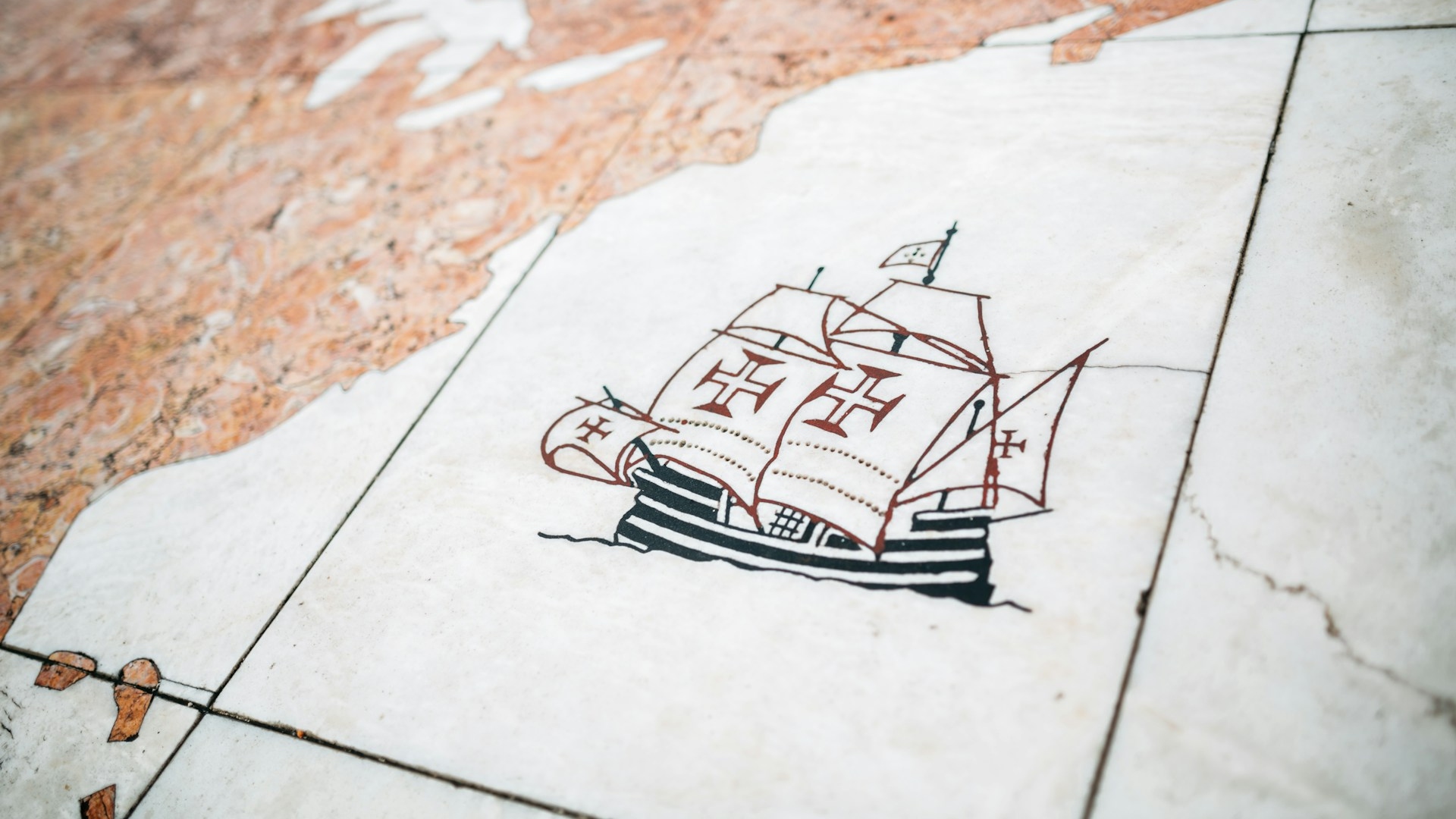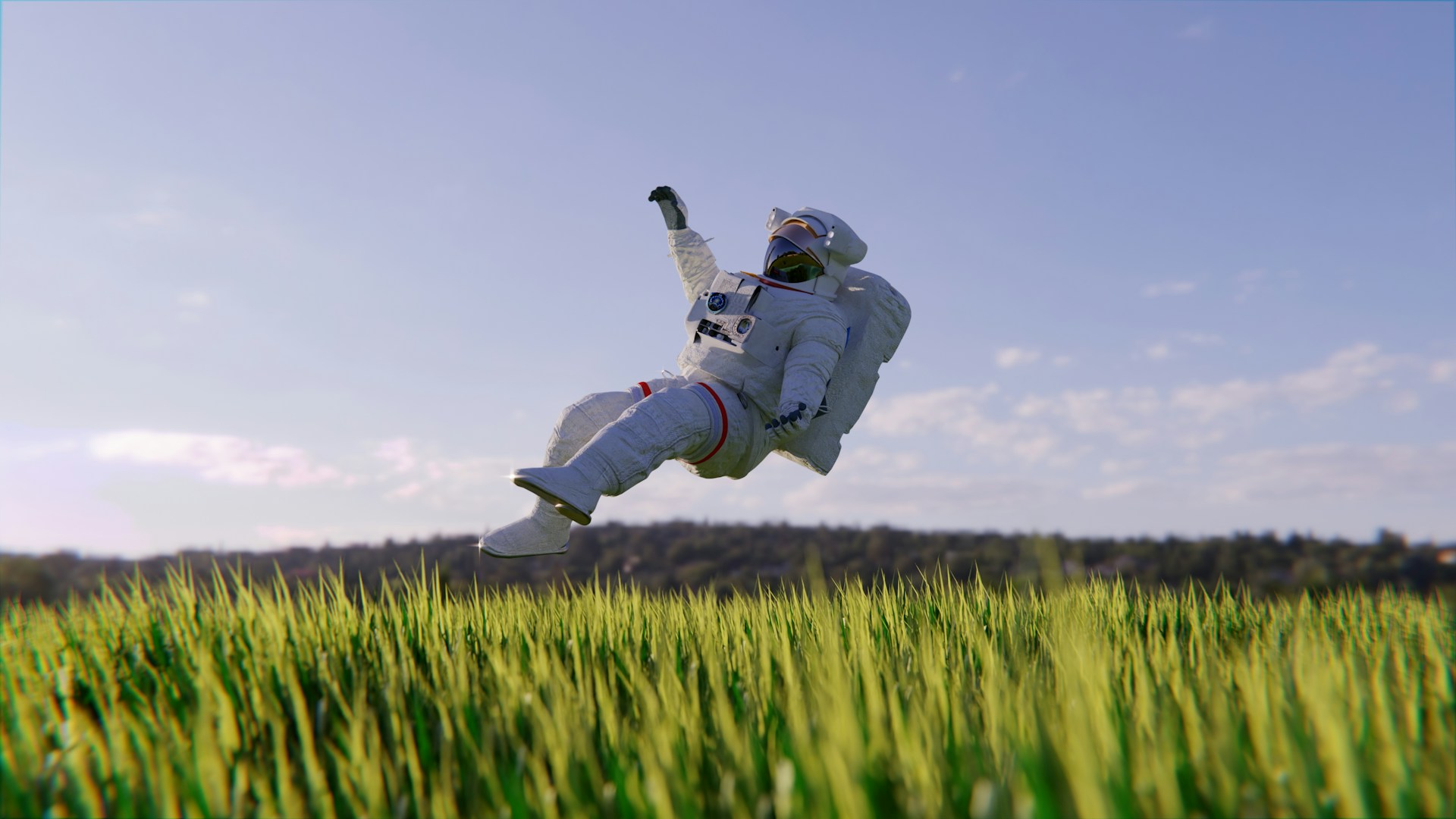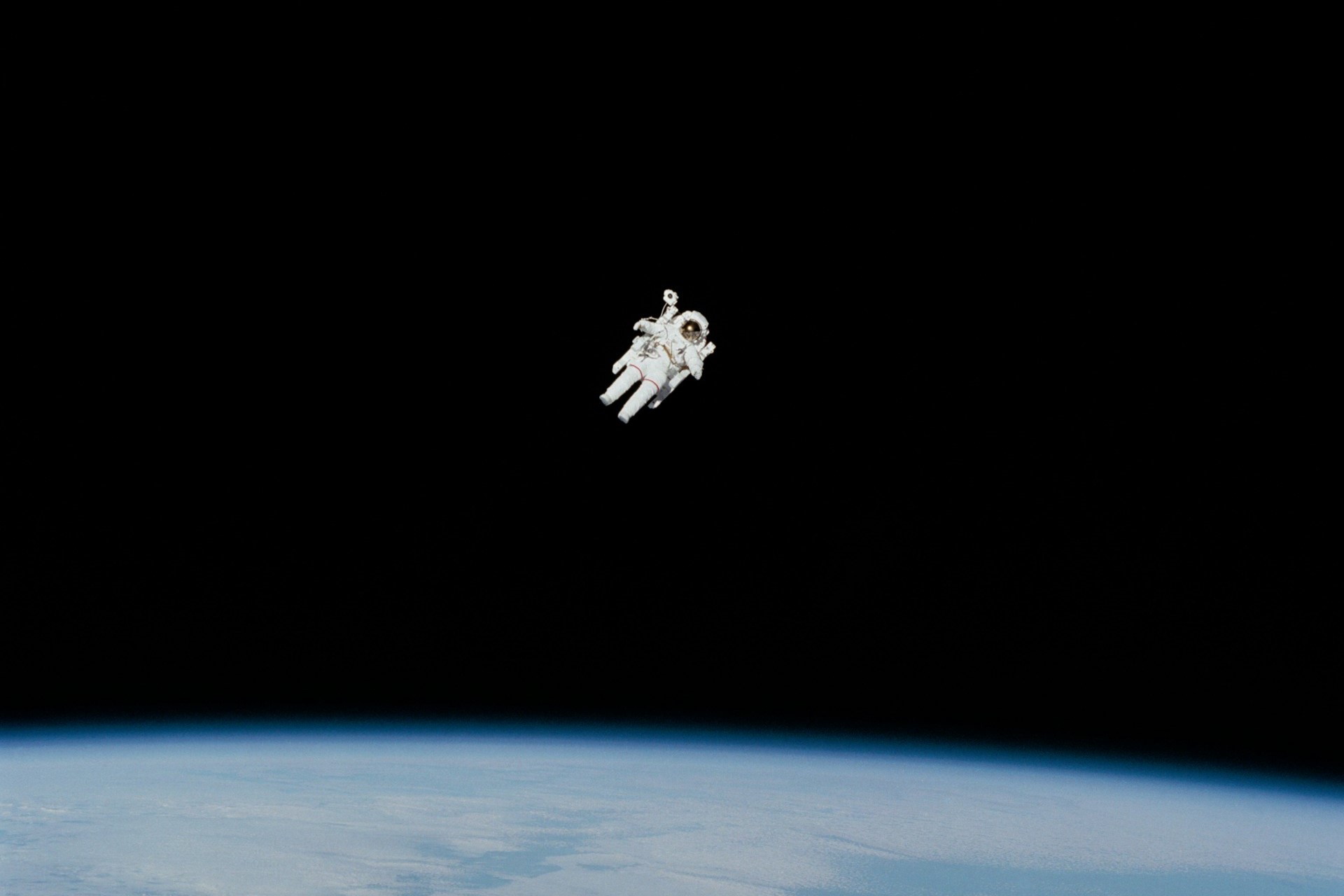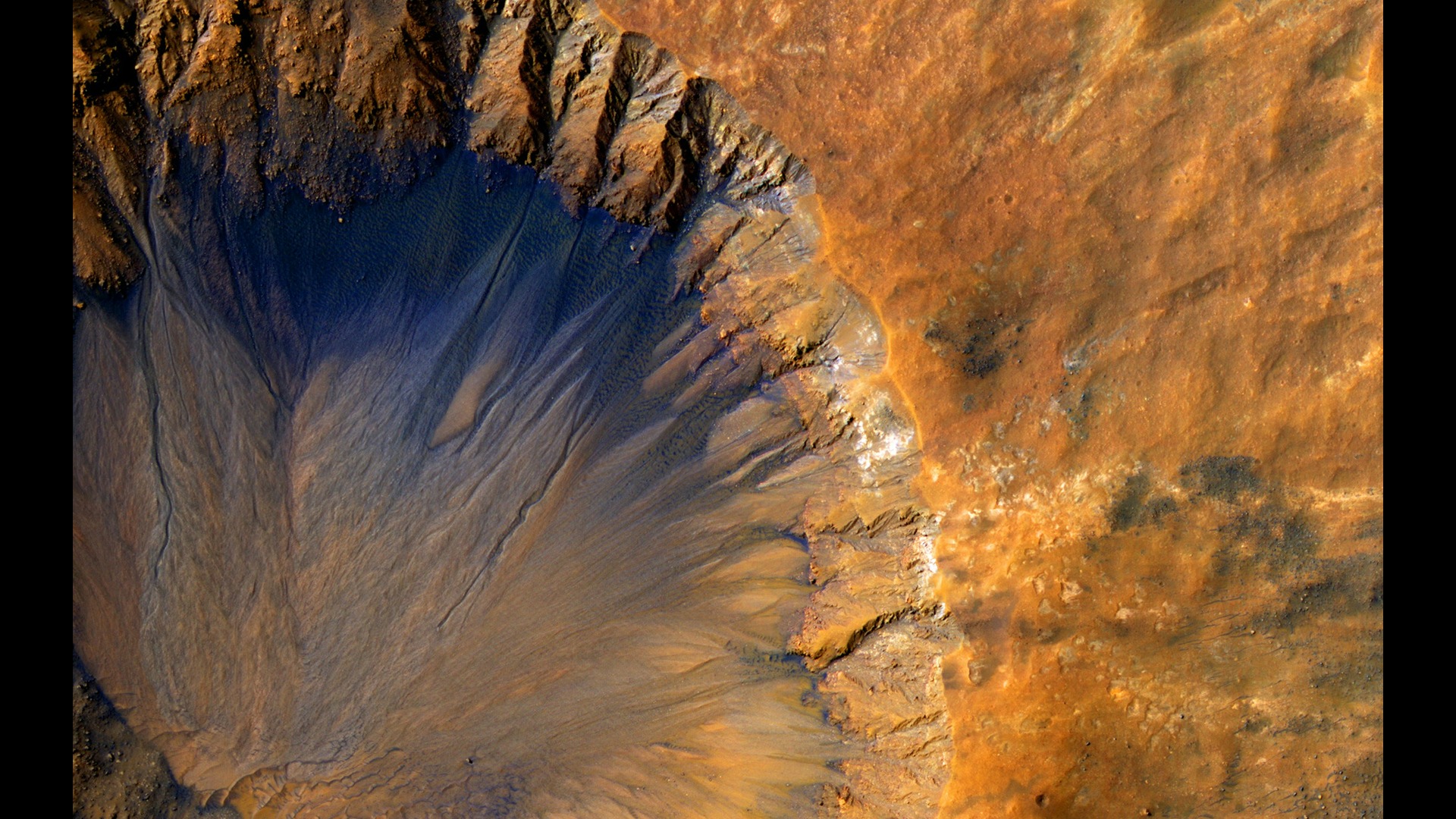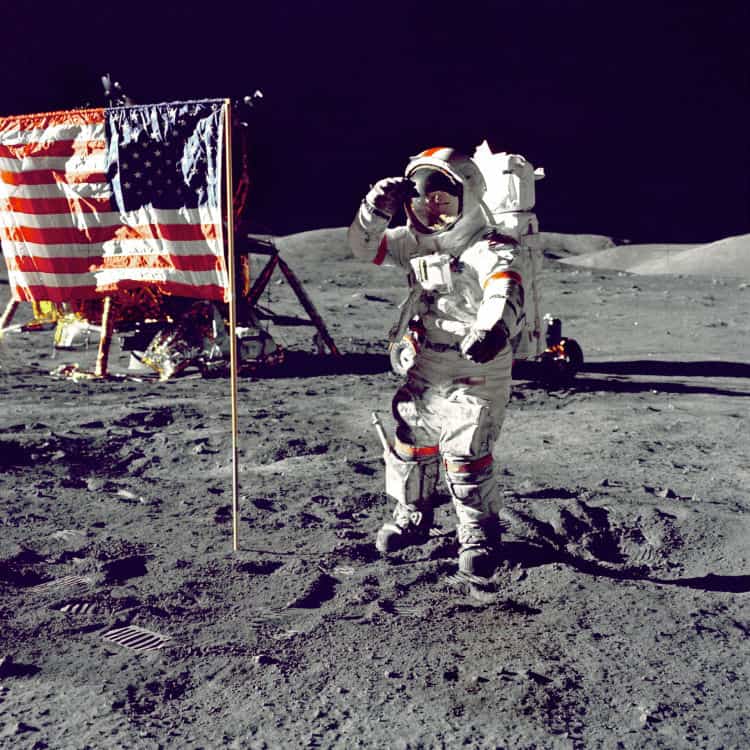
How to Become an Astronaut: Everything You Need to Know
January 17, 2019 - Emily Newton
Revolutionized is reader-supported. When you buy through links on our site, we may earn an affiliate commission. Learn more here.
What did you want to be when you grew up? If you asked a lot of children of our generation, the answer was probably “astronaut” at one point. But becoming an astronaut isn’t as easy as submitting a job application or a resume. It takes years of training and schooling to finally make it into astronaut training, and then even more time to make it to space. So, how do you become an astronaut? What do you need to do?
Starting Young
Becoming an astronaut isn’t something you can decide to do on a whim. It can take years of work and training to become ready to fly into space, both mentally and physically. The best thing you can do is start young. Visit the different NASA space centers, go to Space Camp and start exercising. Cross-country and track are popular choices for astronauts.
Studying other languages is a good idea as well. While it isn’t required, it’s recommended to learn Russian, especially since all manned launches are currently from Kyrgyzstan. Science has shown that it is much easier to learn a new language as a child than as an adult. Therefore, the earlier you start the easier it will be to learn that second language.
Focus on getting good grades, especially in STEM classes like science and math, and staying in top physical condition.
Once you’ve graduated from high school, there are three mandatory requirements to have in order to qualify as an astronaut. Let’s take a closer look at these requirements.
Requirement One: Education
The first necessary requirement to become an astronaut is an education. You’ll need a minimum of a bachelor’s degree in a related field. Typically, astronauts have a degree (or more) in engineering, mathematics, or biological or physical sciences. Just like in high school, you will want to make sure you excel in your classes. NASA isn’t just looking at your degree, they’re looking at your grades too!
Not every degree is considered qualifying when you’re applying to become an astronaut though. Degrees in technology, nursing, exercise physiology, social sciences or aviation won’t qualify you to become an astronaut. The only exceptions are degrees in clinical psychology, physiological psychology, and/or experimental psychology.
A bachelor’s degree is only the minimum requirement. Continuing your education for a Master’s Degree or a Doctorate will help you stand out amongst other applicants. Since NASA astronauts need to excel in soft skills like leadership, communications, and teamwork as well, it may be a good idea to have extracurricular activities that develop and demonstrate these abilities.
It’s important to note that these requirements are only for US astronauts applying to NASA’s astronaut program. If you live in another country that has a space agency look into your country’s requirements. Russia, Canada, Japan, Brazil and the European Union are just a few of the regions with space programs. Many of these agencies cooperate with NASA anyway.
However, it might be easier to submit your applications to the space agency of your respective country. NASA applicants are required to be US citizens, in addition to the other requirements. You are eligible to apply to become a NASA astronaut if you have dual-citizenship as well.
Requirement Two: Experience
The second requirement to become an astronaut is experience. To be more specific, you need relevant experience. Astronauts need a minimum of three years of professional experience in order to qualify for astronaut class selection. Pilots need at least 1,000 hours of in-command pilot time. Even astronauts who aren’t flying the spacecraft can benefit from a pilot’s license. It looks good on your resume, if nothing else. We’ll talk more about that in a minute.
Experience isn’t limited to working experience working in your field, as long as you have qualifying degree. A bachelor’s degree is just the tip of the iceberg. According to NASA’s basic qualifications, advanced degrees are not only desirable – they can also be substituted for the necessary professional experience. A Master’s degree equals one year of industry experience, and a doctorate is the equivalent of three years of the same.
Having a Degree Helps
If you have a degree in science, engineering or mathematics and use your degree for teaching, even at a K-12 level, you’re in luck! This counts as qualifying experience for the astronaut program. You don’t need to be teaching current astronauts – you can use your skills to instruct and educate the next generation of potential space travelers. Who knows – one of your elementary or middle school students might grow up to be the first astronaut on Mars!
If you’re selected as an astronaut candidate, you will spend the next two years learning the skills and knowledge necessary for the astronaut program. This doesn’t mean that you’ll be selected to travel to outer space. If you complete the training program as a civilian but don’t become an astronaut, NASA may recruit you for other jobs. Military applicants who don’t become astronauts will be assigned to NASA for a tour of duty.
Requirement Three: Physical
NASA needs to ensure you can work in and survive the physical rigors of space travel. The third requirement to help you learn how to become an astronaut is the physical exam. Astronauts must have vision that can be corrected to 20/20. If you currently wear glasses or contact lenses, don’t worry. You can still be an astronaut if doctors can correct your vision. LASIK corrective surgery is allowed but not required to be considered for the program. Pilots have to have correctable vision better than 20/70 and the rest of the crew needs correctable vision better than 20/200.
You must have a healthy blood pressure — less than 140/90 while sitting. Astronauts also have height requirements. They need to be between 158 and 190 cm tall, which is 5’1” to 6’2”.One requirement of your first month of training involves swimming 75 meters without stopping, both in swimwear and in a flight suit. In addition, have you tread water for 10 minutes in a flight suit to test your ability to survive during a water landing.
You will also be subjected to the “vomit comet.” This is an aircraft designed to simulate microgravity conditions by reaching high altitudes and diving toward the earth. These maneuvers, called “parabolic maneuvers,” mimic the conditions you might experience in orbit or during launch and landing maneuvers.
Optional Requirement: Be Well-Rounded
NASA isn’t just looking at your test scores and your work experience when they consider you for a position as an astronaut. They’re looking for well-rounded individuals with all sorts of different experience. SCUBA certifications, pilots’ licenses, and playing an instrument can help you stand out from the thousands of people who apply for astronaut training.More than 8,000 people applied to become astronauts last year. How many were accepted for training? Eight.
Becoming an astronaut might be one of the most exciting careers out there. However, it isn’t easy and it’s something you need to start training and planning for early. Get your degree. Have plenty of hobbies and don’t skimp on your physical training. Then, maybe you’ll be one of the select few on that list next time NASA picks new astronauts.
It would be amazing to be on that final frontier as we start exploring Mars and beyond. Astronauts are, quite literally, the best of the best — and if you want to count yourself among their number, it’s important to start early.
This article originally published on 9/11/2018 and was updated on 1/17/2020 to provide more detailed information about how to become an astronaut.
Revolutionized is reader-supported. When you buy through links on our site, we may earn an affiliate commission. Learn more here.
Author
Emily Newton
Emily Newton is a technology and industrial journalist and the Editor in Chief of Revolutionized. She manages the sites publishing schedule, SEO optimization and content strategy. Emily enjoys writing and researching articles about how technology is changing every industry. When she isn't working, Emily enjoys playing video games or curling up with a good book.
